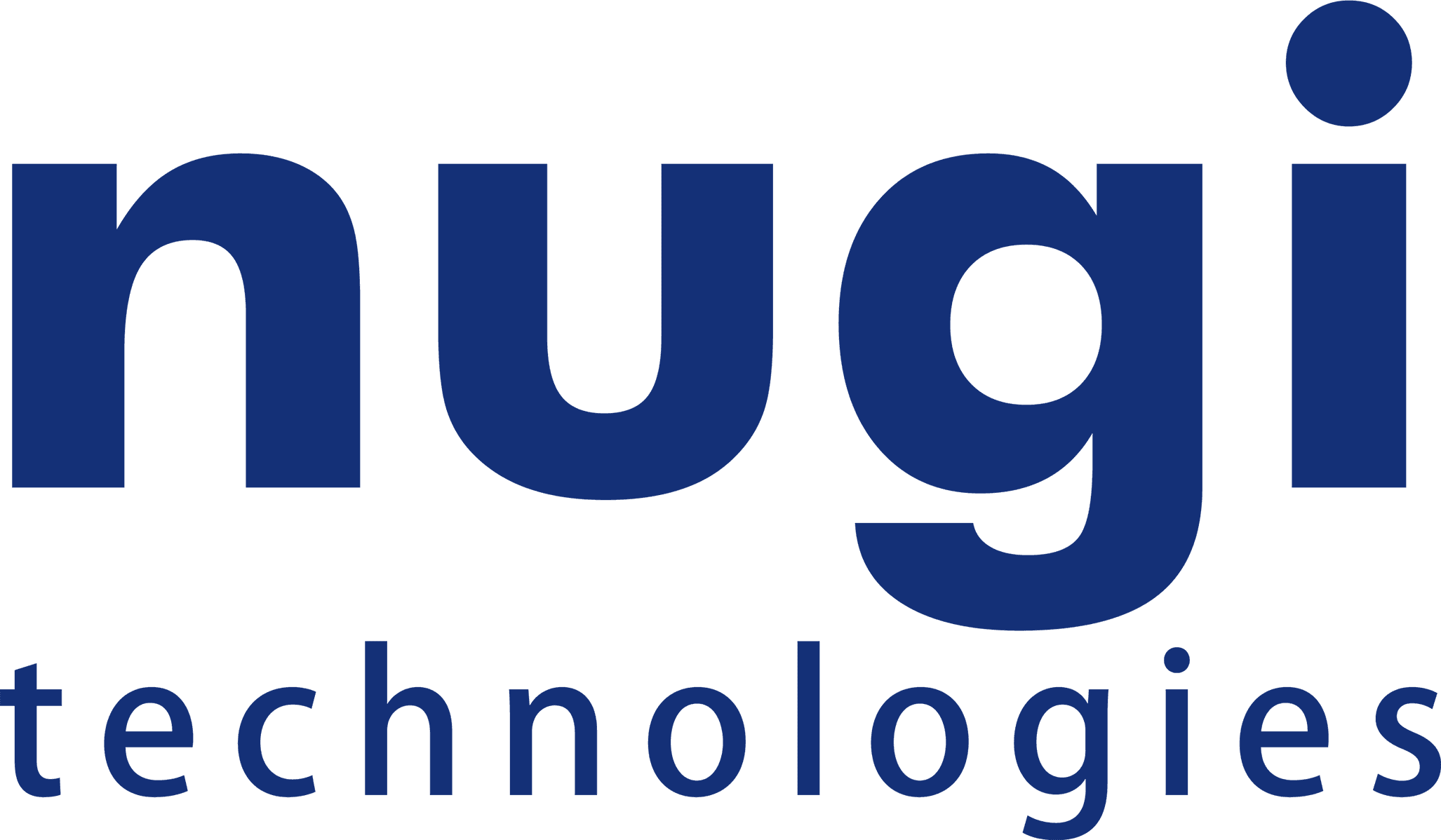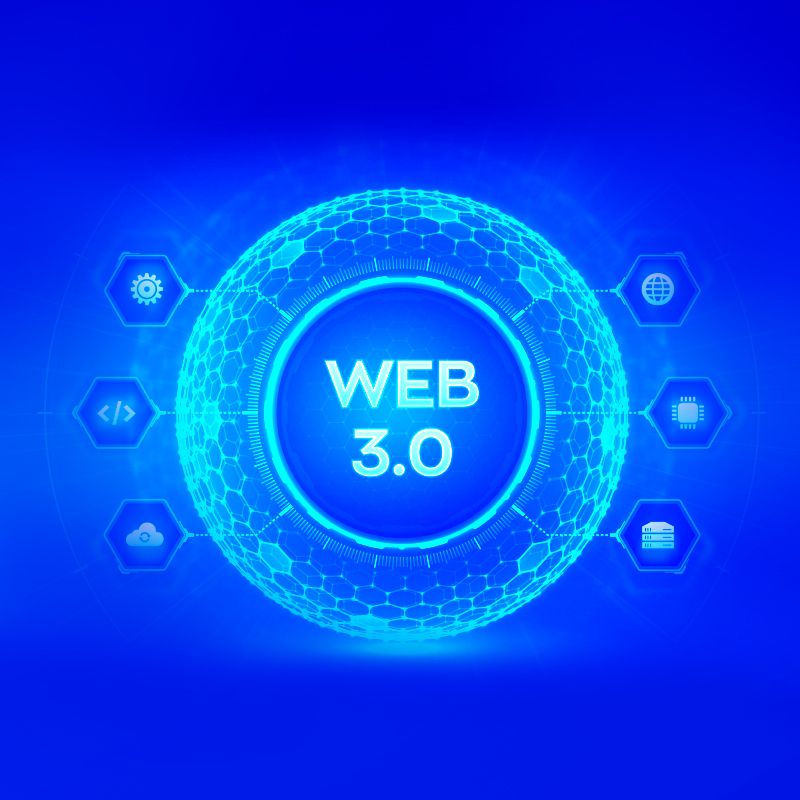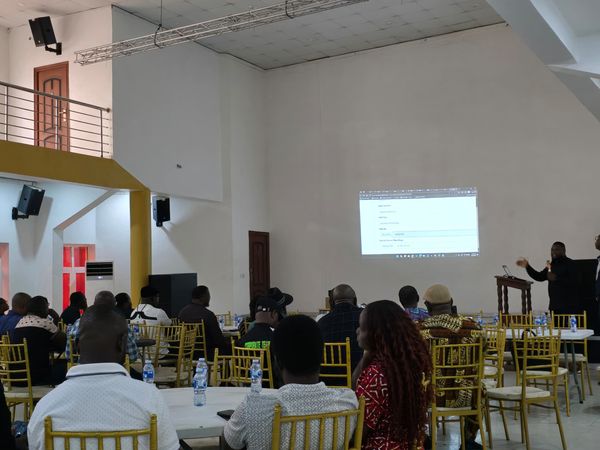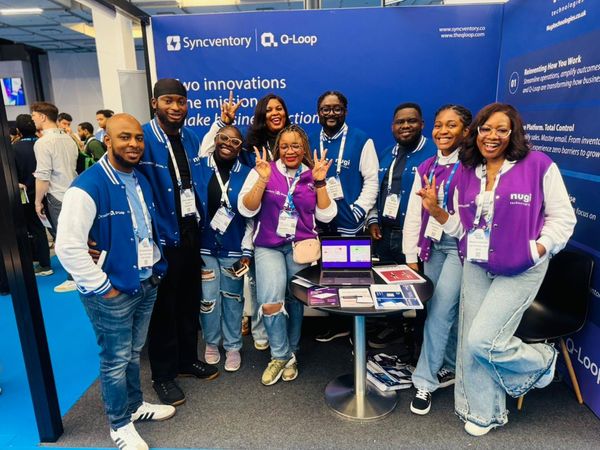The internet has undergone significant transformations over the years, from the static Web 1.0 to the interactive Web 2.0. Now, we find ourselves on the brink of a new era: Web 3.0. This iteration promises a decentralised, intelligent, and interconnected digital environment.
Defining Web 3.0
Web 3.0, often called the "Semantic Web," represents the evolution of the Internet into a more intelligent and interconnected network. Unlike its predecessors, Web 3.0 aims to enhance user experiences through technologies like artificial intelligence (AI) and decentralised systems.
Key Characteristics
Decentralisation
At the heart of Web 3.0 is the concept of decentralisation. Traditional Web 2.0 platforms are often centralised, meaning they rely on a central authority. Web 3.0, powered by blockchain technology, distributes data across a network of nodes, eliminating the need for a single controlling entity.
Semantic Understanding
Web 3.0 seeks to make sense of data intelligently. It involves machines understanding and interpreting information, creating a more context-aware and personalised online experience. This semantic understanding enables computers to comprehend the meaning behind data, making searches more intuitive.
Machine Learning and AI Integration
In the Web 3.0 environment, machine learning algorithms and AI play a essential role. These technologies enable platforms to learn from user behaviors, providing more accurate predictions and personalised content. This integration enhances the efficiency and relevance of online interactions.
Key Technologies Driving Web 3.0
Blockchain
Blockchain, the technology of cryptocurrencies like Bitcoin, is a decentralised and secure ledger. In Web 3.0, blockchain ensures transparent and tamper-proof transactions, fostering trust in online interactions.
Smart Contracts
Smart contracts are self-executing contracts with the terms of the agreement directly written into code. They automate and enforce the terms of an agreement without the need for intermediaries. This not only reduces costs but also enhances transparency.
Decentralised Applications (DApps)
DApps operate on a decentralised network rather than a single server. This ensures greater resilience against downtime and censorship. Examples include decentralised social media platforms and finance applications.
Web 3.0 in Action: Use Cases
Finance and Cryptocurrencies
Decentralised Finance (DeFi) platforms are leveraging Web 3.0 to offer financial services without traditional intermediaries. Users can engage in lending, borrowing, and trading directly on blockchain networks.
Social Media and Content Creation
Web 3.0 is transforming social media by decentralising content creation and ownership. Platforms are emerging where users have control over their data and can monetize their contributions.
Supply Chain and Logistics
In supply chain management, Web 3.0 ensures transparency and traceability. Using blockchain, every step of the supply chain can be recorded, reducing fraud and ensuring authenticity.
Challenges and Considerations
As with any transformative technology, Web 3.0 faces challenges. Scalability issues and security concerns, especially related to smart contracts, need to be addressed. Balancing decentralisation with efficiency remains a delicate task.
Future Implications
The impact of Web 3.0 spreads across various industries. Healthcare, education, and government sectors stand to benefit from decentralised and intelligent systems. Innovations in augmented reality and integration with the Internet of Things (IoT) are on the horizon.
Privacy in Web 3.0
Web 3.0 places a strong emphasis on user data ownership and privacy. Users gain control over their data, and new privacy-centric approaches are being explored. Navigating the regulatory landscape is crucial to ensure compliance.
Measuring Success
Success in the Web 3.0 era can be measured through tangible outcomes, such as increased revenue from decentralised applications, improved user satisfaction, and the successful implementation of AI-driven features.
Conclusion
As we stand at the threshold of Web 3.0, it is clear that the internet is evolving into a more intelligent, decentralised, and user-centric space. Embracing this technological shift opens doors to innovation, transparency, and a more secure digital environment.
In the coming years, the continued development and adoption of Web 3.0 technologies will redefine how we interact with the digital world, bringing us closer to the vision of a truly interconnected and intelligent internet.







